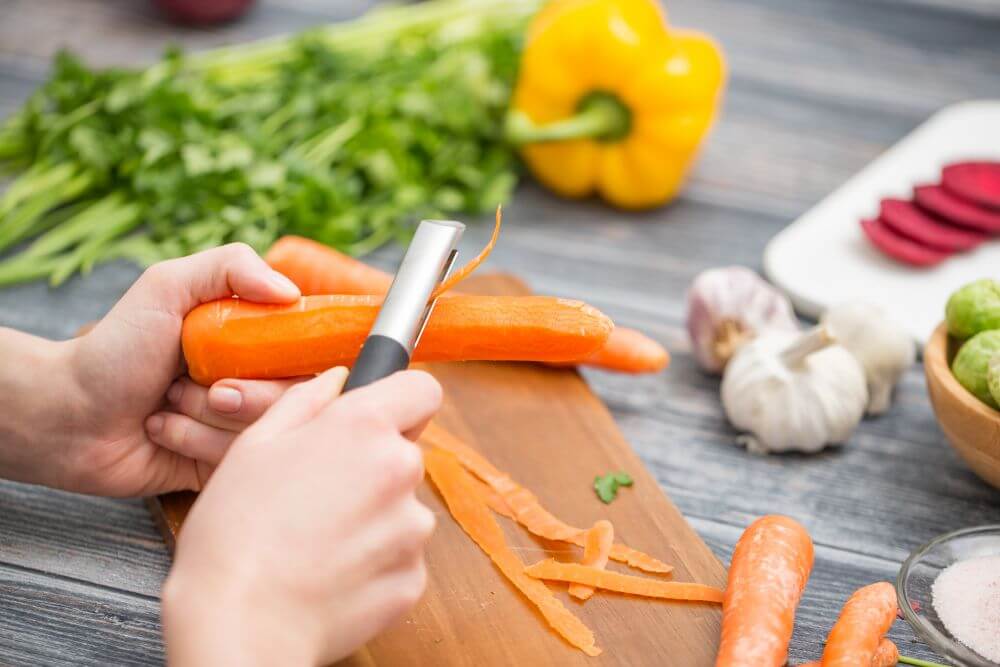Are you wondering, can butcher paper go in the oven? Whether you’re a seasoned pitmaster or a home cook, the question of whether butcher paper can go in the oven is a common one. Butcher paper is a type of food-grade paper that is commonly used in the meat industry for wrapping briskets, ribs, and other meats. It is also used in barbecue competitions to help create a tender, juicy meat with a crispy bark.
While butcher paper is commonly used for wrapping meats during the smoking process, many people wonder if it can be used in the oven. The short answer is yes, you can use butcher paper in the oven. Butcher paper is made of caustic soda and wood pulp, which makes it strong and heat-resistant. It can withstand temperatures of up to 400°F, which is higher than the typical oven temperature range of 350°F to 375°F. However, there are some things to keep in mind when using butcher paper in the oven.
Contents
Key Takeaways
- Butcher paper is safe to use in the oven and can withstand temperatures of up to 400°F.
- Butcher paper is a great alternative to foil for barbecue and can help create a tender, juicy meat with a crispy bark.
- When using butcher paper in the oven, be sure to keep the paper away from direct heat sources and to use it in combination with a baking sheet or pan.
Butcher Paper vs Parchment Paper
When it comes to cooking and baking, there are many different types of paper that you can use. Two of the most popular types of paper are butcher paper and parchment paper. In this section, we will discuss the differences between the two and their respective uses.
Definition and Uses of Butcher Paper
Butcher paper is a type of paper that is commonly used in the food industry. It is made from a thick kraft paper that is designed to be strong and durable. Butcher paper is often used to wrap meat, as it can help keep it fresh and prevent it from drying out. It is also used by butchers to wrap cuts of meat for storage and transportation.
In addition to its use in the food industry, butcher paper is also popular among artists and crafters. It can be used as a surface for painting, drawing, and other art projects. Its strength and durability make it a great choice for a variety of applications.
Definition and Uses of Parchment Paper
Parchment paper, on the other hand, is a type of paper that is coated with a non-stick surface. It is often used in baking, as it can help prevent food from sticking to the pan. Parchment paper is also used for wrapping food, as it can help keep it fresh and prevent it from drying out.
Parchment paper is a versatile paper that can be used in a variety of applications. It is often used to line baking sheets, as it can help prevent food from sticking to the pan. It can also be used to wrap food for cooking or storage.
Differences Between the Two
There are several key differences between butcher paper and parchment paper. The most obvious difference is their respective uses. Butcher paper is primarily used for wrapping meat, while parchment paper is primarily used for baking and cooking.
Another difference between the two is their strength and durability. Butcher paper is much stronger and more durable than parchment paper, making it a better choice for applications where strength is important. Parchment paper, on the other hand, is much thinner and more delicate, making it a better choice for applications where a non-stick surface is important.
In terms of cost, butcher paper is generally less expensive than parchment paper. However, the cost difference may not be significant enough to make a significant impact on your decision.
Overall, both butcher paper and parchment paper have their own unique uses and advantages. When choosing between the two, it is important to consider your specific needs and the application for which you will be using the paper.
Butcher Paper vs Foil for Barbecue
When it comes to barbecue, wrapping meat is a common practice to lock in moisture and keep your meat tender during the final hours of cooking. But which is better: butcher paper or foil?
Foil is a popular choice for wrapping meat because it is heat-resistant and can withstand direct heat. It is also airtight, which helps to lock in moisture and juices, keeping the meat tender and juicy. However, foil can also cause the meat to steam, which can soften the bark and reduce the flavor of the meat. Foil also tends to soften the bark on the meat, which is the crispy outer layer that forms during smoking.
On the other hand, butcher paper is a popular choice for low and slow cooking. It allows the meat to breathe, which helps to preserve the bark and retain the flavors of the meat. Butcher paper is also porous, which allows the meat to release excess moisture, preventing it from becoming soggy. Butcher paper is not as heat-resistant as foil, so it is important to preheat the paper and ensure that it is oven safe before using it.
When it comes to temperature, both butcher paper and foil have their limits. Butcher paper is typically safe to use up to 400°F, while foil can withstand temperatures up to 500°F. It is important to note that both butcher paper and foil can scorch or burn if exposed to direct heat or high temperatures for too long.
For brisket, many pitmasters prefer to use pink butcher paper, which is thicker and more heat-resistant than white butcher paper. Pink butcher paper is also FDA-approved for food contact, which makes it a safe choice for cooking.
When wrapping chicken, it is important to ensure that the internal temperature of the meat reaches 165°F to ensure that it is safe to eat. Butcher paper and foil can both be used to wrap chicken, but it is important to ensure that the paper or foil does not touch the chicken directly, as this can cause the skin to stick and tear.
In conclusion, both butcher paper and foil have their advantages and disadvantages when it comes to barbecue. Foil is airtight and heat-resistant, while butcher paper allows the meat to breathe and retain its flavors. Ultimately, the choice between butcher paper and foil comes down to personal preference and the type of meat being cooked.
Can Butcher Paper Go in the Oven?
If you’re wondering whether you can use butcher paper in the oven, the answer is yes! Butcher paper is a versatile cooking tool that can be used for a variety of tasks, from lining baking sheets to wrapping up meats.
Why Use Butcher Paper in the Oven?
Butcher paper is a great option for cooking in the oven because it is heat-resistant and can withstand high temperatures of up to 420 degrees Fahrenheit. It is also food-grade and FDA-approved, so you don’t have to worry about any harmful chemicals leaching into your food.
Using butcher paper in the oven can also help to keep your food moist and tender. Because the paper traps in moisture, it can help to prevent your food from drying out while it cooks. And because the paper is non-stick, it can help to prevent your food from sticking to the pan or grill.
However, there are a few potential risks and precautions to keep in mind when using butcher paper in the oven. First, be sure to avoid putting the paper directly on the heating element, as this can cause it to burn. Instead, use a baking sheet or pizza stone to provide a buffer between the paper and the heat source.
Additionally, be sure to monitor your food closely while it cooks to ensure that the paper doesn’t start to smoke or burn. If you notice any signs of burning, remove the paper immediately and adjust your cooking temperature or time as needed.
Overall, using butcher paper in the oven can be a great option for cooking a variety of foods. Just be sure to follow these precautions to ensure that your food cooks safely and evenly.
How to Use Butcher Paper in the Oven
Using butcher paper in the oven is a great way to cook your favorite meat dishes. It is a versatile cooking tool that can be used for a variety of tasks, from lining baking sheets to wrapping up meats. Here is a step-by-step guide on how to use butcher paper in the oven.
- Preheat your oven to the desired temperature.
- Cut a piece of butcher paper to the desired size. Make sure it is large enough to wrap around your meat dish.
- Place your meat dish in the center of the butcher paper.
- Fold the edges of the butcher paper over the meat dish, making sure to tuck them under the meat to create a tight seal. This will help to keep the juices and flavors inside the meat.
- Place the wrapped meat dish on a baking sheet or in a roasting pan. Make sure the seam side of the butcher paper is facing down.
- Put the baking sheet or roasting pan in the oven and cook your meat dish according to the recipe instructions.
- Once your meat dish is cooked, remove it from the oven and let it rest for a few minutes. Then, carefully unwrap the butcher paper to reveal your perfectly cooked meat.
When it comes to smoking brisket, many pitmasters prefer to wrap their brisket in pink butcher paper for the final stage of cooking. This technique is known as the Texas Crutch. It helps to keep the meat moist and tender while also creating a flavorful bark.
To wrap a brisket in pink butcher paper for smoking, follow these steps:
- Preheat your smoker to the desired temperature.
- Rub your brisket with your favorite seasoning.
- Wrap the brisket in pink butcher paper, making sure to create a tight seal.
- Place the wrapped brisket in the smoker and cook according to the recipe instructions.
- Once your brisket is cooked, remove it from the smoker and let it rest for a few minutes. Then, carefully unwrap the butcher paper to reveal your perfectly smoked brisket.
In conclusion, butcher paper is a great tool to use in the oven for cooking meat dishes. It is versatile, heat-resistant, and food-grade. Follow the steps above to use it in your next cooking adventure.
Competition Style Spare Ribs Smoked 3 Ways: Wrapped vs Unwrapped Foil vs Butcher Paper
When it comes to smoking competition-style spare ribs, there are three popular methods: wrapped in foil, wrapped in butcher paper, or left unwrapped. Each method has its own pros and cons, and the choice often comes down to personal preference.
Wrapping the ribs in foil is a popular method because it helps to retain moisture and speed up the cooking process. The foil creates a steamy environment that helps to break down the connective tissue in the meat, making it more tender. However, some people find that wrapping the ribs in foil can result in a softer texture that lacks the desirable bark or crust that forms on the outside of the meat.
Wrapping the ribs in butcher paper is a newer technique that has gained popularity in recent years. Butcher paper is porous, allowing the meat to breathe and allowing some smoke flavor to penetrate the meat. This method also helps to retain moisture, but without the steaming effect of foil. The result is a meatier texture with a nice bark.
Leaving the ribs unwrapped is a traditional method that has been used for years. This method allows the meat to absorb more smoke flavor and develop a thicker bark. However, it also takes longer to cook and can result in drier meat if not monitored carefully.
Each method has its own advantages and disadvantages, and the choice ultimately comes down to personal preference and the desired outcome. Some people prefer the tenderness and moisture of foil, while others prefer the meatier texture and bark of butcher paper. And some people prefer the traditional flavor and texture of unwrapped ribs.
It’s important to note that each method requires different cooking times and temperatures, so it’s important to follow a reliable recipe and monitor the cooking process carefully. Whether you choose to wrap your ribs in foil, butcher paper, or leave them unwrapped, the key to delicious competition-style spare ribs is low and slow smoking with plenty of flavorful rub and smoke.
Frequently Asked Questions
Can you bake with butcher paper?
Yes, you can use butcher paper for baking in the oven. Butcher paper is a versatile cooking tool that can be used for a variety of tasks, including lining baking sheets and wrapping up meats. It is also a popular choice for smoking meats, as it allows the meat to breathe while keeping it moist.
Is butcher paper safe for oven use?
Yes, butcher paper is safe for oven use. Butcher papers are made of caustic soda and wood pulp, making them stronger and heat resistant. They are also food-grade and FDA-approved, making them safe to use in the oven.
What is the maximum temperature for butcher paper in the oven?
The maximum temperature for butcher paper in the oven is around 400°F. While butcher paper is heat-resistant, it may burn with direct heat contact, so it’s best to avoid using it in high-temperature settings.
Can you use butcher paper instead of foil for baking?
Yes, you can use butcher paper instead of foil for baking. Butcher paper is a great alternative to foil, as it is heat-resistant and non-stick. It also allows food to breathe, which can help prevent it from becoming soggy.
Can you put brisket in the oven with butcher paper?
Yes, you can put brisket in the oven with butcher paper. Butcher paper is a popular choice for smoking brisket, as it allows the meat to breathe while keeping it moist. When using butcher paper to cook brisket in the oven, it’s important to keep the temperature low and slow to prevent the paper from burning.
Can butcher paper be used as a substitute for parchment paper?
Yes, butcher paper can be used as a substitute for parchment paper. While parchment paper is typically used for baking, butcher paper can also be used for this purpose. However, it’s important to keep in mind that butcher paper is not as non-stick as parchment paper, so you may need to use a little extra oil or cooking spray.
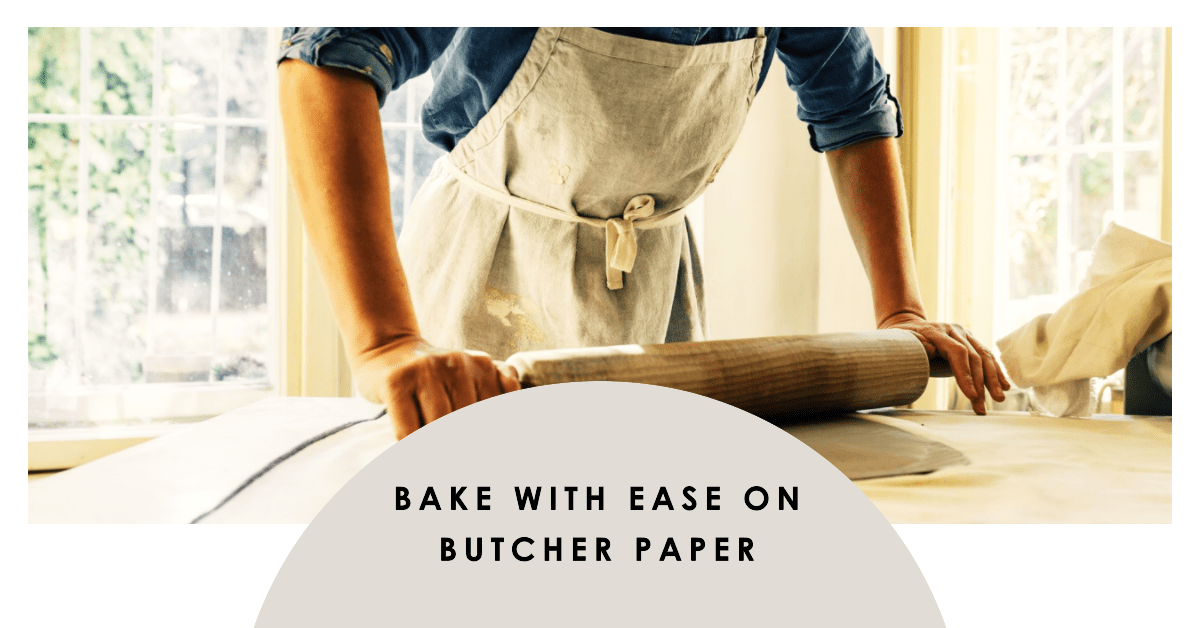


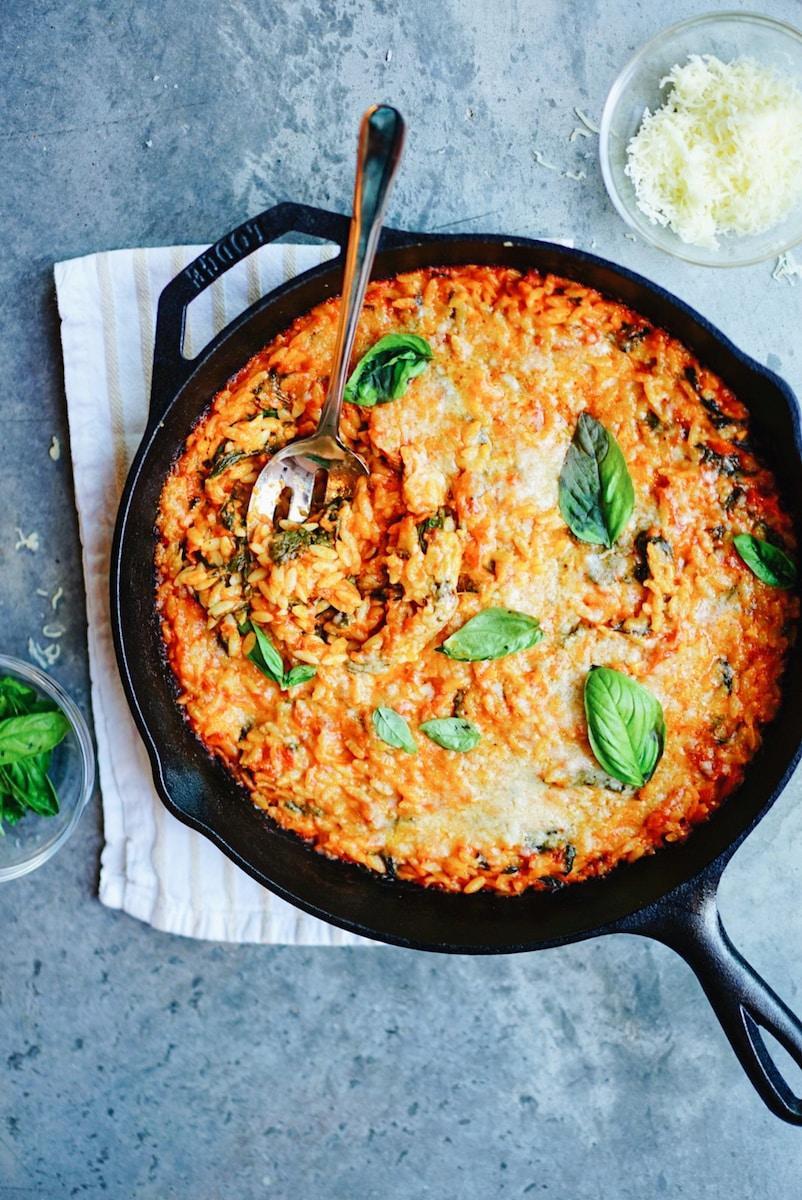
![How To Cook Orzo In Microwave? [Answered]](https://kitchenbarrels.com/wp-content/uploads/2022/02/How-to-Cook-Orzo-in-Microwave.jpg)
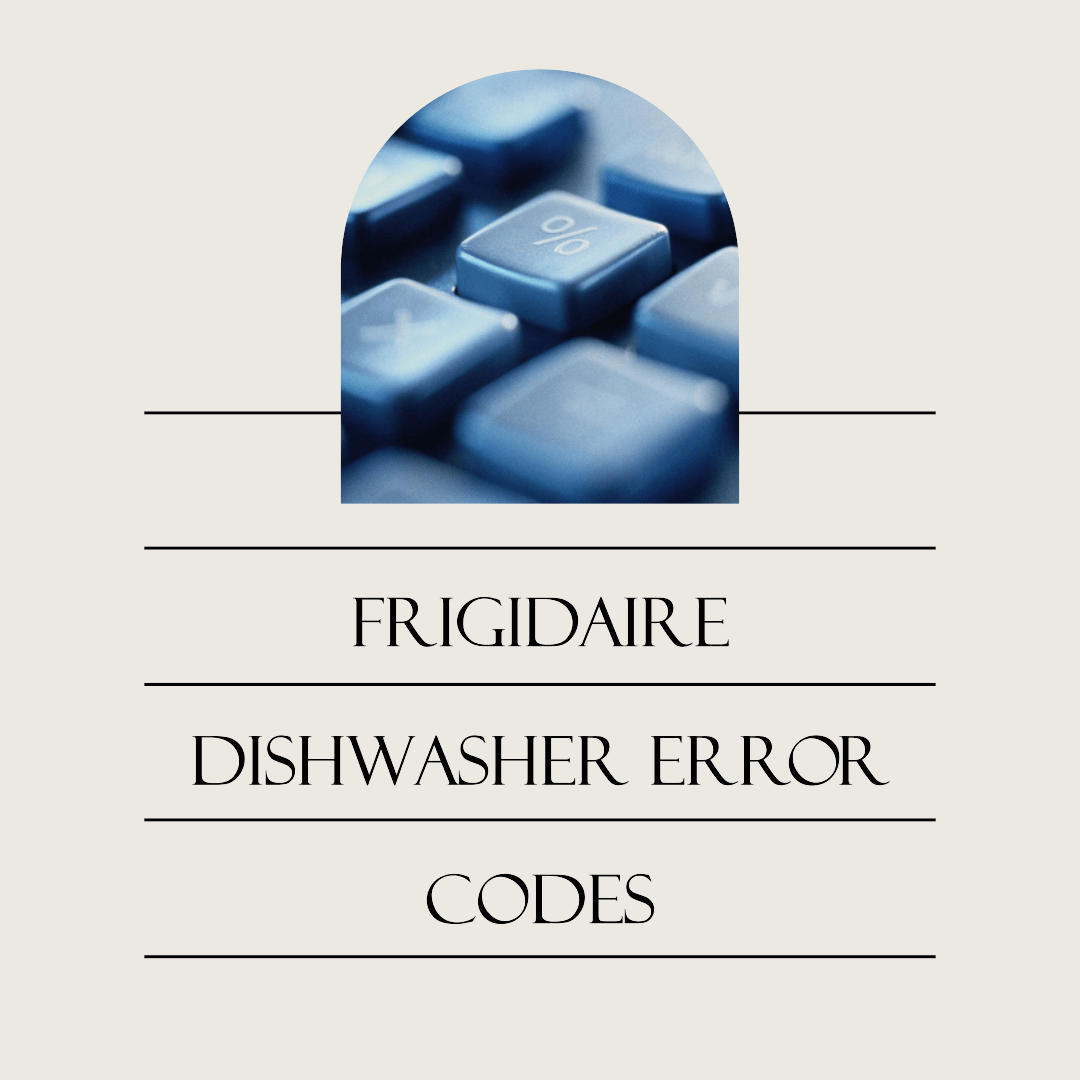
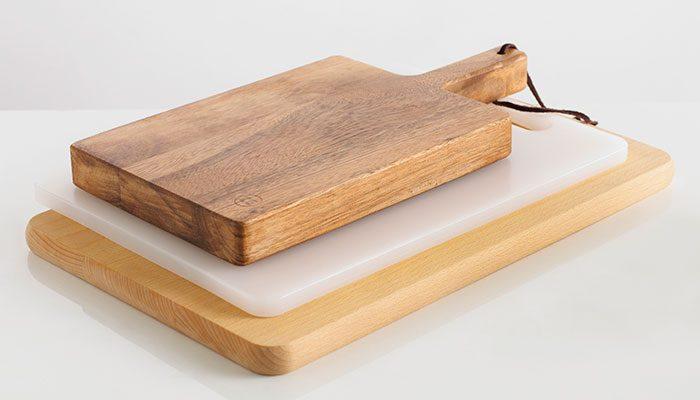
![How To Make Jalapeno Juice? [Explained]](https://kitchenbarrels.com/wp-content/uploads/2023/01/Make-Jalapeno-Juice-jpg.webp)
